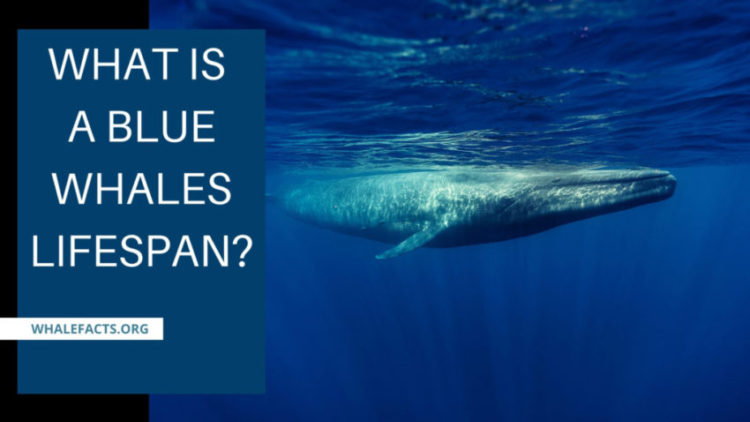The blue whale is one of the world’s most amazing marine animals, and several characteristics make them stand out compared to other whale species. Reaching lengths of between 70 – 90 ft on average, the blue whale is the largest living animal in the world.
And with an estimated lifespan of 70 – 90 years, they are also one of the oldest living marine mammals known to inhibit the sea. In fact, the oldest recorded blue whale was estimated to have a lifespan of 110 years!
Several factors can determine how long a blue whale is likely to live when it comes to age and longevity. Some of these factors include being hunted by humans (and rare killer whale attacks), food supply shortages, and the health of their food. It also includes climate changes, water and noise pollution, mental and physical health (sickness and injuries that reduce the health and longevity of these majestic creatures) and other age affecting factors.
As stated earlier, the blue whale is also the largest living creature globally, with the biggest blue whales growing to incredible lengths that are more than 100 feet and weigh over 150 tons when fully matured. Despite their massive size and relatively long lifespan, these whales consume a relatively simple diet consisting primarily of krill, a small aquatic life form that measures 1 – 2 centimeters on average with a maximum of around 6 inches.
These gigantic animals can consume as many as 8,000 pounds (4 tons) of krill or 40 million krill per day to power their massive bodies. Even more surprising is the fact that during migration periods, these whales go into a fasting state and can live for up to 4 months without consuming any (or very little) food while they make their long 3,000-mile migration trip from the Atlantic to warmer tropical environments by living off of the fat and blubber they’ve stored around their bodies.
As stated earlier, the blue whale is a marine mammal and part of the cetacean family, including dolphins and porpoises. Altogether there are around 90 different species of Cetacea recorded today. Just like land mammals, the cetacean species is warm-blooded, gives birth to their babies (rather than producing eggs), produces milk to feed their young, and breathes oxygen by rising above the surface of the water.
Depending on the whale species, the average gestation period (the period from conception to birth) may vary from 10 – 17 months. The average gestation period is estimated to be around 10 – 12 months long for the blue whale. Sexual maturity varies by species, with some whales maturing around 6 – 9 years of age while others mature closer to 10 – 15 years of age. The blue whale is believed to mature between 8 – 10 years of age.
For more information on the estimated life expectancies of various whales, be sure to check out our article on the average lifespan of whales.
